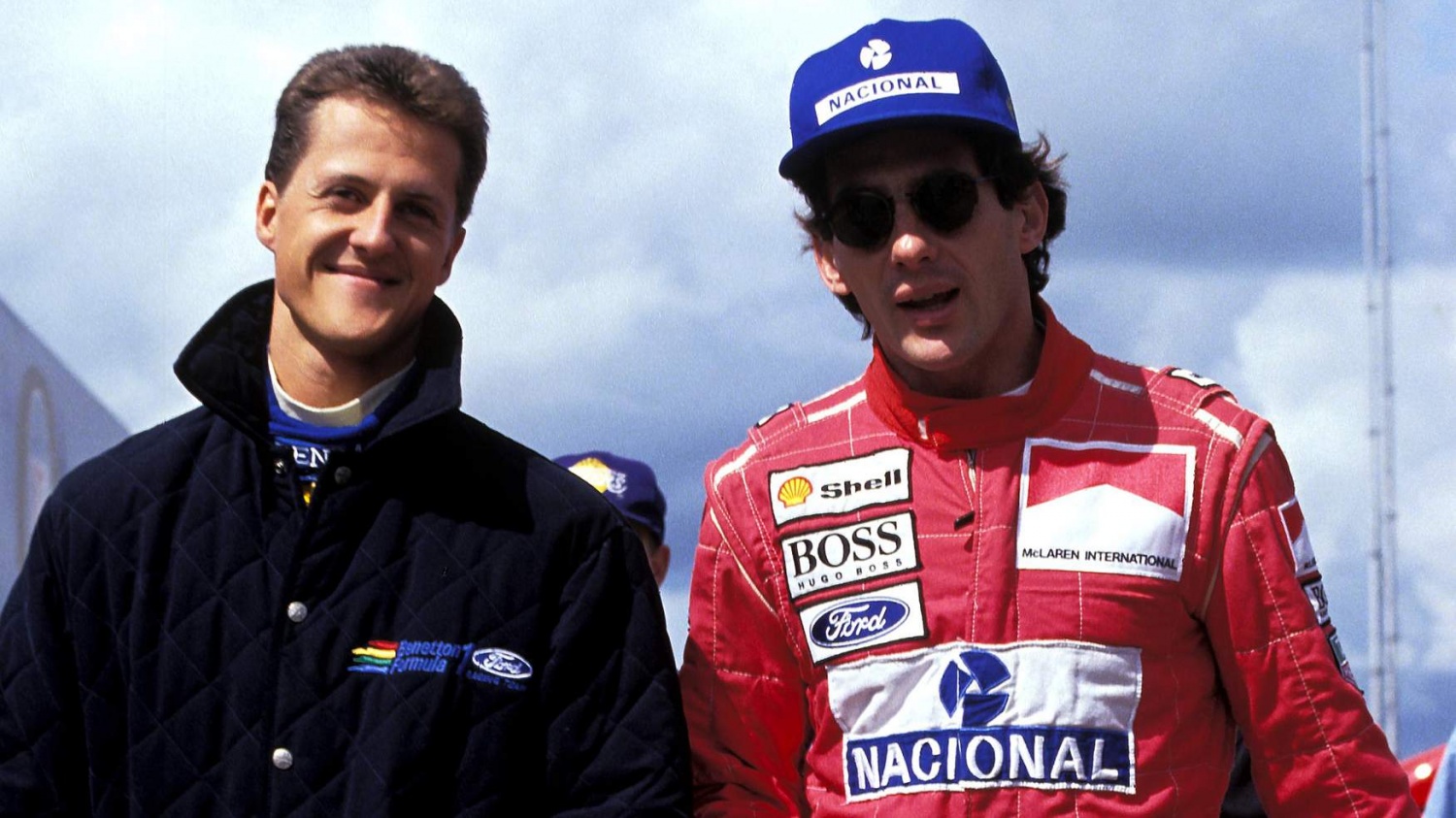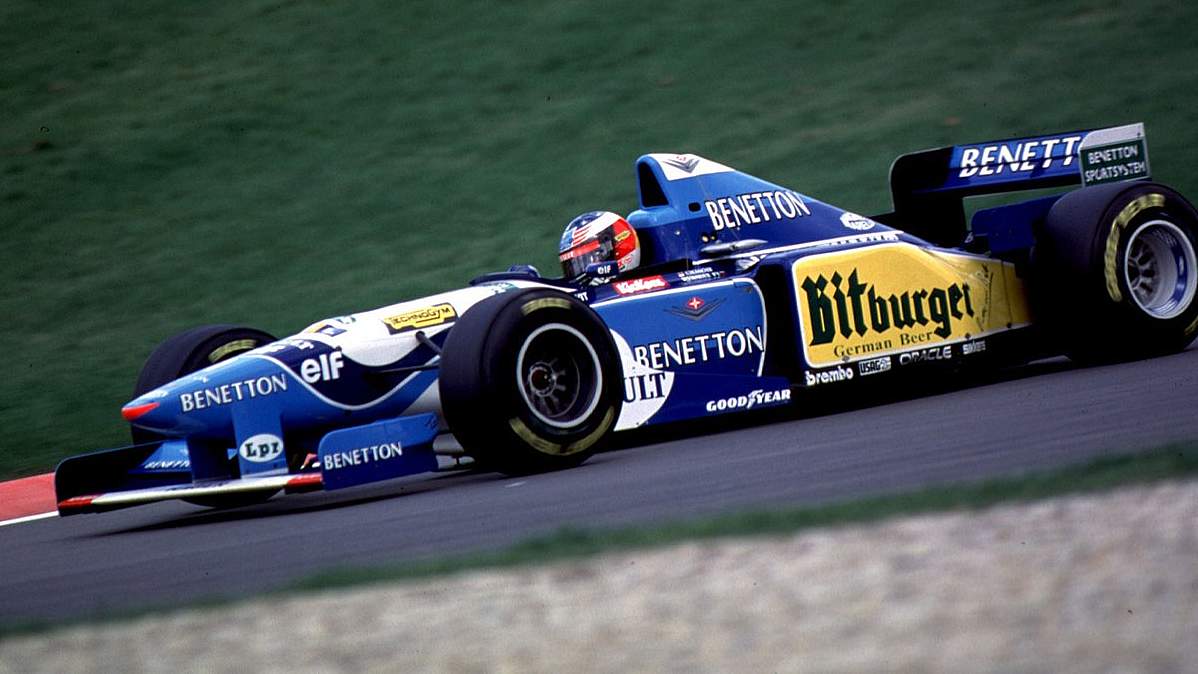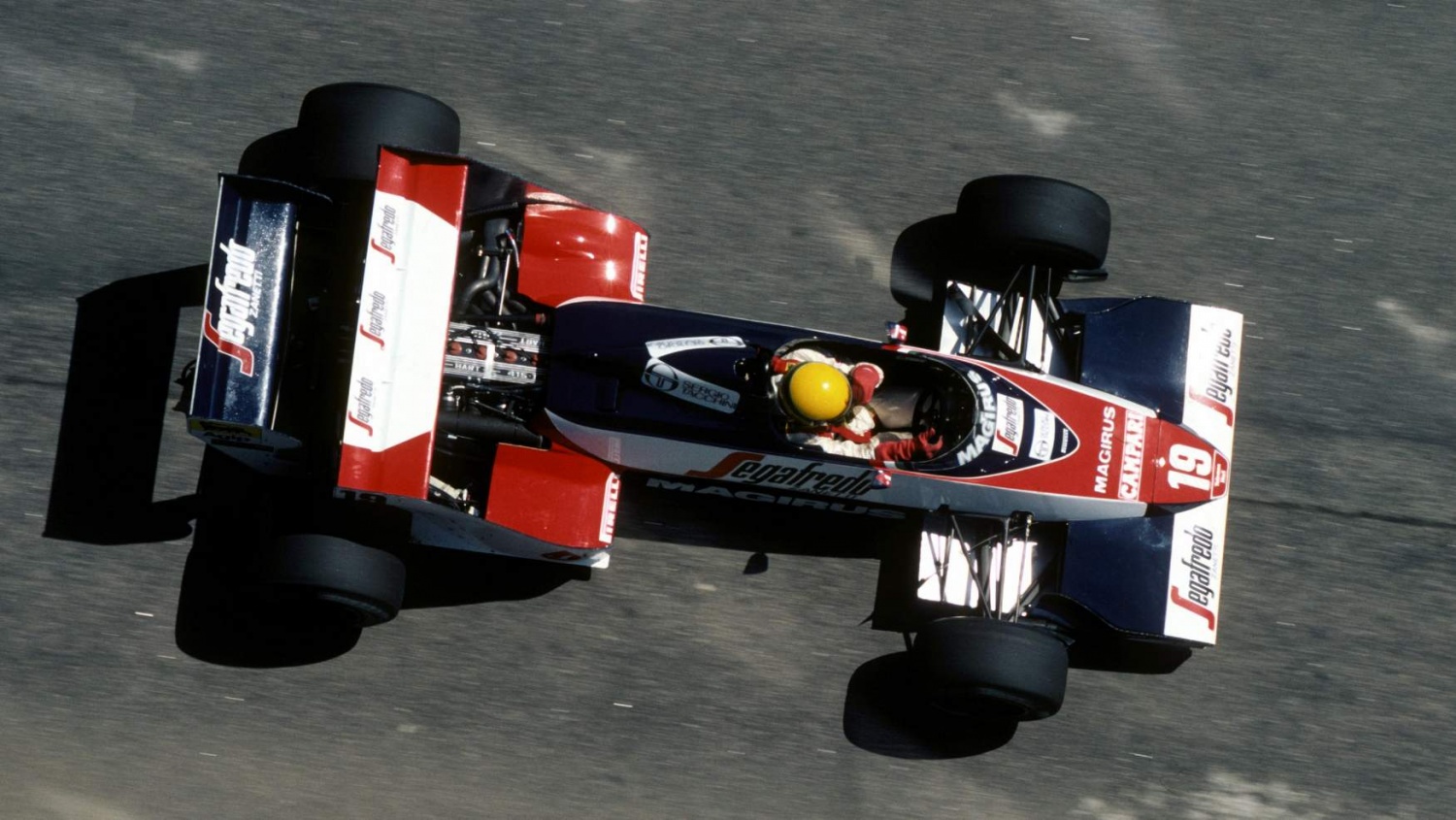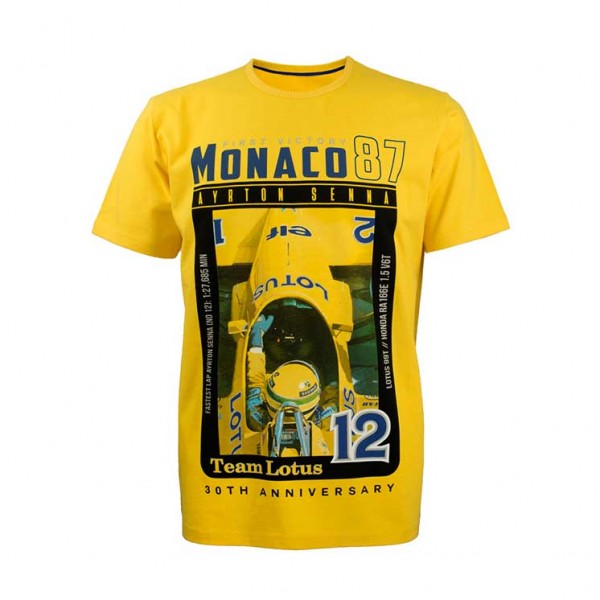
27 March: Today in Racing
lire la suite
26 March: Today in Racing
lire la suite




It may have been obscure, but Ayrton Senna still made a most positive Formula 1 debut at the 1984 Brazilian Grand Prix. He would however soon stake a significant claim to F1 glory, which he would of course go on to redeem, and then some…
With some mighty performances in the junior categories through the various karting series, Formula Ford, FF2000 and British Formula 3, Ayrton was rewarded with a drive with little Toleman for 1984. Supported by Italian washing machine maker Candy and active in the sport between 1981 and 1985, the plucky British squad replaced Derek Warwick, who was snapped up by Renault, and Bruno Giacomelli to make way for the prodigy of Senna and multiple motorcycle GP world champion Johnny Cecotto.
Toleman had struggled on its arrival in F1 as it struggled to progress from pre-qualifying, with F1 journeyman Brian Henton’s tenth place at Monza proving the team's only finish in its troubled maiden campaign. ‘82 proved much the same and while the team qualified for more races, its effort was plagued by unreliability that led to a long list of retirements and failures to qualify in a season that yielded a fifteenth and a tenth place in the French and German Grands Prix respectively.
1983 proved a turning point in the team’s fortunes as both its cars qualified for all but one race where Bruno Giacomelli never made the cut in Belgium and while the TG183 and its B variant continued to struggle with reliability, Warwick and Giacomelli were able to power to five points finishes in the last four rounds – results enough to see the team to ninth at the ’83 constructors championship and Warwick plucked by Renault. Toleman has Ironically since morphed into today’s Renault F1 team as it changed hands over the years.
History has proven that it was however Toleman however that made the a coup in signing one of the hottest properties headed for F1 at the time. Senna’s debut was appropriately enough at Jacarepagua in Brazil, but following delays with its new TG184, Toleman opted to take the old TG183B to Rio de Janeiro, 34 years ago this week. Refuelling was also banned for 1984 with a new 220-litre fuel capacity limit – a change that had several drivers moaning that the new rules made F1 more of an economy run than a flat-out motor race.
Elio de Angelis shrugged off those concerns to put his Lotus on pole ahead of Michele Alboreto’s Ferrari and new boy Warwick loving that greener grass of Renault. Brazil’s home hero Nelson Piquet lined up seventh in Bernie’s Brabham-BMW, with his rookie compatriot Senna seventeenth on the grid and a noteworthy 1.8 seconds quicker than teammate Cecotto who lined up alongside on a day where other teammates also seemed to struggle with Rosberg and Laffite’s Williams-Hondas split by a second the Andrea de Cessaris and his Ligier-Renault cohort Francois Hesnault separated by a 3.3 second chasm.
Alboreto made a blinding start to lead Warwick and de Angelis hounded by his Lotus teammate Nigel Mansell, while world champion Piquet and rookie Cecotto both stalled on the grid but re-joined behind. Both in their first races with new teams, Alboreto and Warwick, opened gap on Mansell, who had the returning Niki Lauda breathing down his neck, but Alboreto cooked the Ferrari’s brakes.
Further back, Senna was quietly up to ninth, his progress ignored by broadcast crews until his Toleman’s monobloc 4-pot Hart turbo lump cried enough after just eight laps. “It seems like the turbocharger broke down,” Ayrton explained to prying Brazilian TV crews. “Something happened and the car started vibrating a lot – it was all very sudden”,
Senna was not alone in retirement – of the 27 cars that started the 1984 Brazilian Grand Prix, just eight finished as Alain Prost calmly took over to take an ultimately dominant win from fourth on the grid for McLaren-TAG, 40 seconds clear of Rosberg and de Angelis. Little did the Professor know that his future archrival had quietly got on with his debut until thwarted by an engine failure to join the majority of the field in that early queue for the Rio shower.
With the experience of his first F1 start under his belt, things went far better for Ayrton at the next two races in South Africa and Belgium, where he delivered a pair of fine points-paying sixth places to prove himself able and happy to mix it up in battle as he progressed through the pack on the back of his own raw pace, all while driving around the TG183B’s challenges. He failed to qualify in San Marino and retired on the TG184’s debut in France.
But it rained in Monaco and Senna shot from 13th on the grid, slicing through the field in masterly style to deal with Niki Lauda for second, before hauling in Prost, only for the race to be stopped because of the monsoon conditions before half distance. Senna was all over the back of the McLaren and it was just a matter of time before he would be through, but the Francophile Monegasque authorities threw the flag.
Prost surely knew Ayrton was there. And the world immediately understood that Senna was a star of the future. (Photo: Motorsport Images)

 14,90 €29,90 €Ayrton Senna T-Shirt Enfant Première Victoire 1987
14,90 €29,90 €Ayrton Senna T-Shirt Enfant Première Victoire 1987